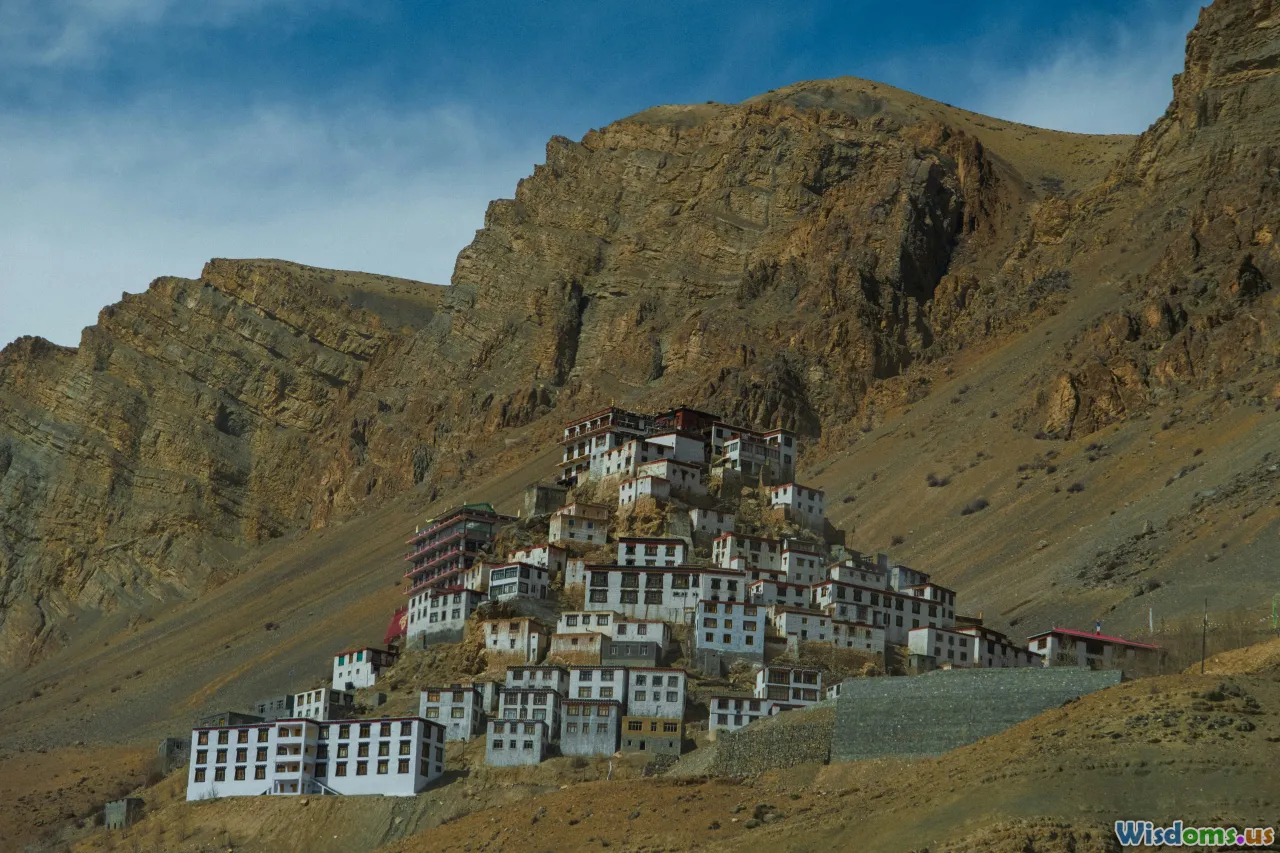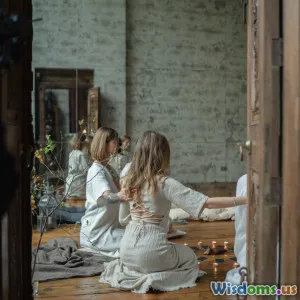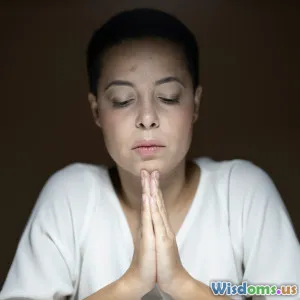
A Personal Journey Through Tibetan Book Of The Dead
3 min read A personal exploration of insights and transformations inspired by the Tibetan Book of the Dead. (0 Reviews)
A Personal Journey Through the Tibetan Book of the Dead
The shelves of my grandmother’s study held many treasures: yellowed essays, texts in Sanskrit, and a small, enigmatic volume titled The Tibetan Book of the Dead. Its cover—adorned with circling mandalas and mysterious script—called to me with the thrill of the unknown. It would be years later, through personal loss and renewal, that following the threads of this ancient book would change not only my understanding of death but transform the art of living as well.
What Is the Tibetan Book of the Dead?

The Tibetan Book of the Dead—formally known as Bardo Thodol—has struck awe and curiosity among seekers and scholars since its translation into Western languages in the early 20th century. Originating in 8th-century Tibet and attributed to Padmasambhava (Guru Rinpoche), it is a guide for the living and the dying. Its pages provide instruction on how to navigate the transitional states (bardos) between death and rebirth.
Famed scholar W.Y. Evans-Wentz first introduced the text to a Western audience in 1927, presenting it alongside Hollywood and Beat Generation enthusiasm for all things "Eastern mystical." But for Tibetans, it is a practical manual—a spiritual GPS.
Concrete Insight: The Book of the Dead isn’t a funeral text in the Western sense. Instead, it functions more like an extended meditation, intended to be read aloud to the dying or recently deceased, guiding them—and witnesses—through the process that follows the cessation of the body.
Personal Note: When I first read passages during a vigil for a family member, I felt the lines between worlds softening—a comfort in the symbolism and instruction on letting go.
The Bardos: Navigating Life, Death, and Everything Between

At the core of the text are the bardos—the "in-between
Rate the Post
User Reviews
Other posts in Spiritual Awakening
Popular Posts















